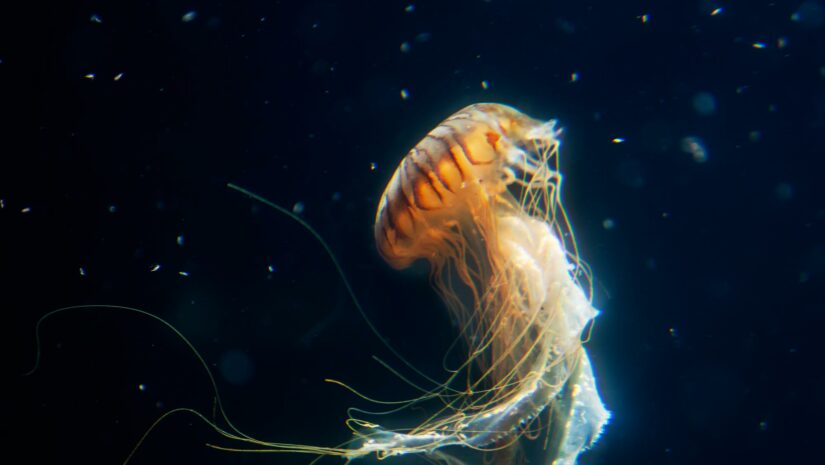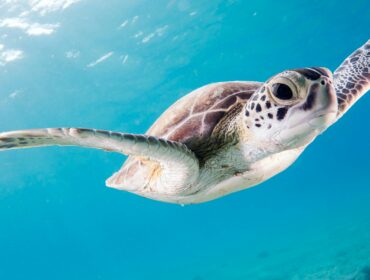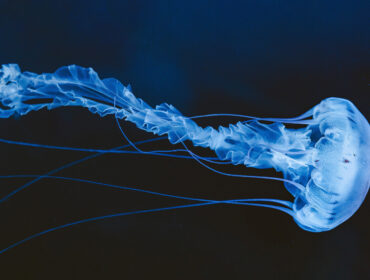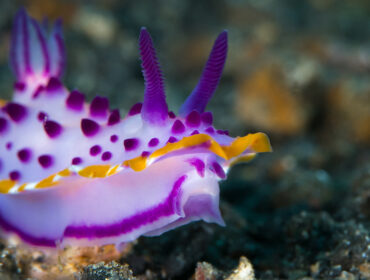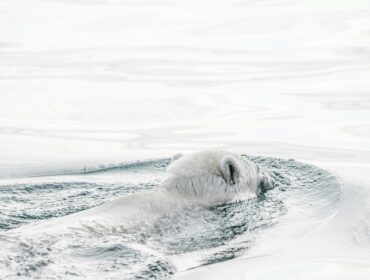Jellyfish are one of the oldest animals in the ocean—they have drifted along ocean currents for millions of years, long before dinosaurs inhabited the planet. They’re abundant in cold and warm ocean water, deep water, and along coastlines. But scientists have only recently begun to understand these mesmerizing and phosphorescent creatures.
In terms of anatomy, jellyfish are one of the most simple oceanic creatures: they’re brainless, bloodless, and boneless. And they only possess rudimentary-sense organs. Contrary to what their name suggests, jellyfish aren’t fish; rather, they’re invertebrates that propel themselves through the water column by expanding and contracting their bells.
Even though some of them are majestic, harmless creatures, some have stinging cells in their tentacles that stun and paralyze their prey.
Most species of jellyfish are only distantly related to each other. On top of that, they also occupy different habitats. But what unites them all is their ability to float using their gelatinous bodies.
Jellyfish come in various shapes, sizes, and behaviors. Smaller species of jellyfish are often seen on beaches, but the largest jellyfish are rarely spotted by the common observer. After all, jellies generally dwell in the ocean’s deeper realms. But the largest can range over 120 feet in length, which is larger than the blue whale.
5 Biggest Jellyfish in the World
- Lion’s Mane Jellyfish
- Nomura’s Jellyfish
- Stygiomedusa Gigantea
- Pink Meanie
- Barrel Jellyfish
Lion’s Mane Jellyfish
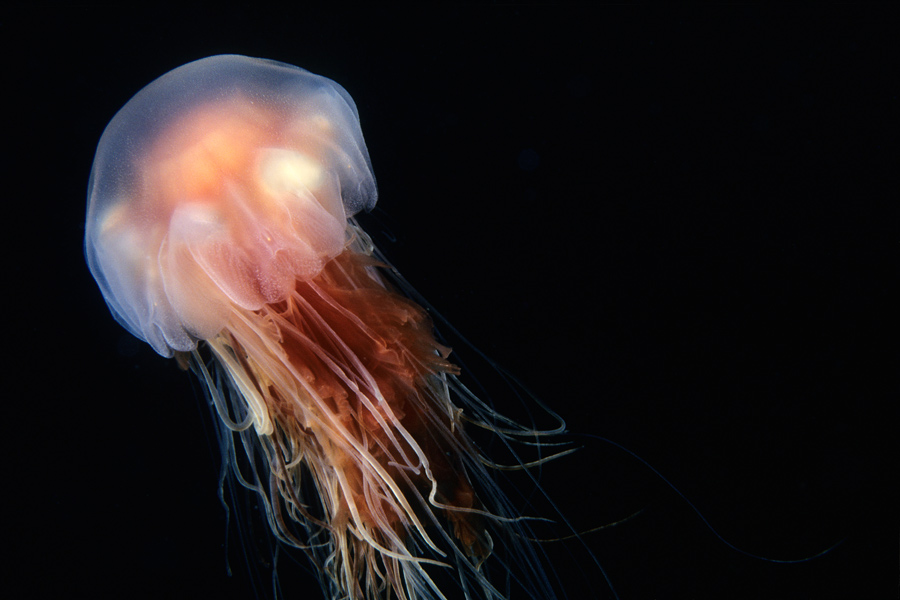
The lion’s mane jellyfish, also called the hair jelly, is the biggest jellyfish in the world. It gets its name from its dense mass of long, dangling tentacles that resemble a lion’s mane. The largest known specimen stretches 36.5 meters from the top to the bottom of its tentacles.
This impressive species has a lifespan of one year and only inhabits cold waters. They are commonly found in western Scandinavian waters, the English channel, as well as the North and Irish Seas. They are also visible during autumn to late summer. Even though they’re the world’s biggest jellyfish, they’re weak swimmers. They get by following the strength of the current to get from one place to another. They capture plankton as they drift, attracting prey via their bioluminescence and capturing them with their long tentacles. The lion’s mane also has symbiotic relationships with other marine creatures, providing protection and transportation. Towards the end of their lifespan, these jellies settle in shallow shielded bays.
Nomura’s Jellyfish

The giant Nomura jellyfish starts its life as a polyp about the size of a pinhead, before growing into a big jellyfish two meters wide and weighing over 200 kilos. The diameter of a fully grown Nomura’s jellyfish is slightly bigger than the height of an average man. It takes its name from Kan’ichi Nomura, a fisheries expert who sent a full specimen of the jellyfish to Professor Kishinouye for further study in December 1921.
They inhabit the waters between China and Japan, mostly in the East China Sea and the Yellow Sea. Nomura’s jellyfish are pinkish in color, and in their early stages, they feed on zooplankton. As they grow in size, they prey on fish. And because of their massive size, they consume massive amounts of zooplankton, which depletes the food chain. On top of that, Nomura’s jellyfish also reproduce extremely rapidly. To combat the enormous spike in their numbers, they are dried, salted, eaten as a delicacy, and used to make ice cream.
Stygiomedusa Gigantea

The stygiomedusa gigantea is a giant guardian of the underworld that has been spotted only about 100 times in the past 100 years. There have been reported sightings of this titanic jellyfish in Japan and along the western coast of the United States. It is one of the largest invertebrate predators and has been spotted in every ocean in the world, except the Arctic.
Unlike other types of jellies, the stygiomedusa jellyfish does not possess tentacles. Instead, it has four extraordinarily large oral arms (that can be as long as six feet) that it uses to envelop prey like plankton and small fishes. Its reddish-brown color doesn’t reflect light, making it easier for it to blend into the darkness.
Pink Meanie

The pink meanie jellyfish was first observed in large groups in the Gulf of Mexico in 2000. Scientists initially confused them with the drymonema dalmatinum, which was an entirely different species. Genetic studies and visual examinations have since revealed that the pink meanie is, in fact, a new species of jellyfish. It was named after scientist Ron Larson, who was the first to conduct research on pink meanies in the Caribbean.
Unlike other species of jellyfish, the pink meanie has a taste for its own kind. Pink meanies feast on moon jellyfish, which they feed on exclusively as adults. They spread their tentacles, then devour any moon jellyfish they come into contact with. The “oral arms” that dangle alongside their tentacles aid in digestion.
Barrel Jellyfish
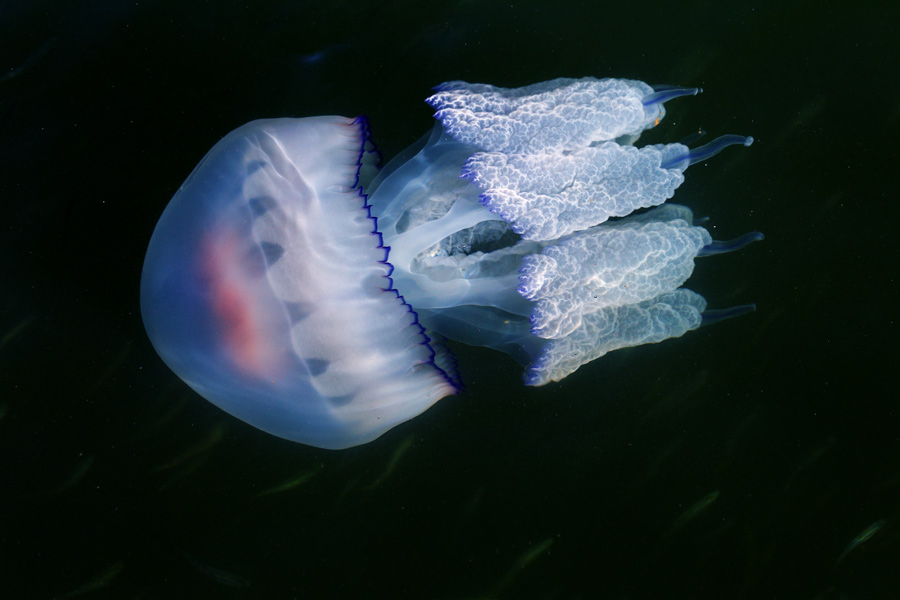
The barrel jellyfish is the biggest jellyfish found in British seas. People often encounter this species when they wash ashore in the early summer. They swarm in warm coastal waters in late Spring, then wash up on the beaches in May or June by the hundreds. Found primarily off the coastal waters of the British Isles, the barrel jellyfish has also shown up in the Mediterranean and Adriatic Seas, as well as off the western coast of South Africa.
These jellies start out only a millimeter in length but can grow to the size of dustbin lids; hence their other name, dustbin jellyfish. They’re attracted inshore by plankton blooms that provide a plentiful supply of food. The barrel jellyfish is translucent and is easily identifiable through its mushroom-shaped bell and eight frilly tentacles. It can vary in color from white to green, brown to blue.

